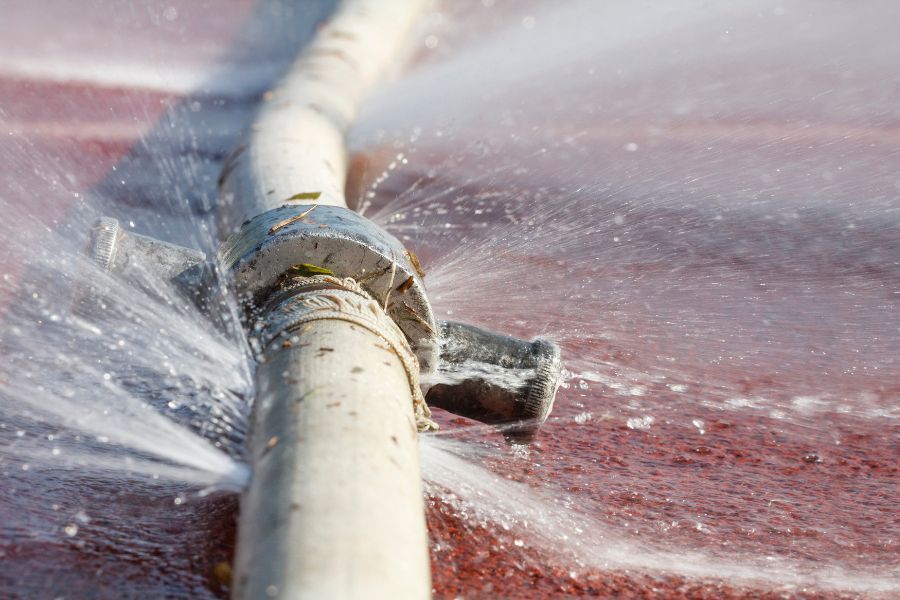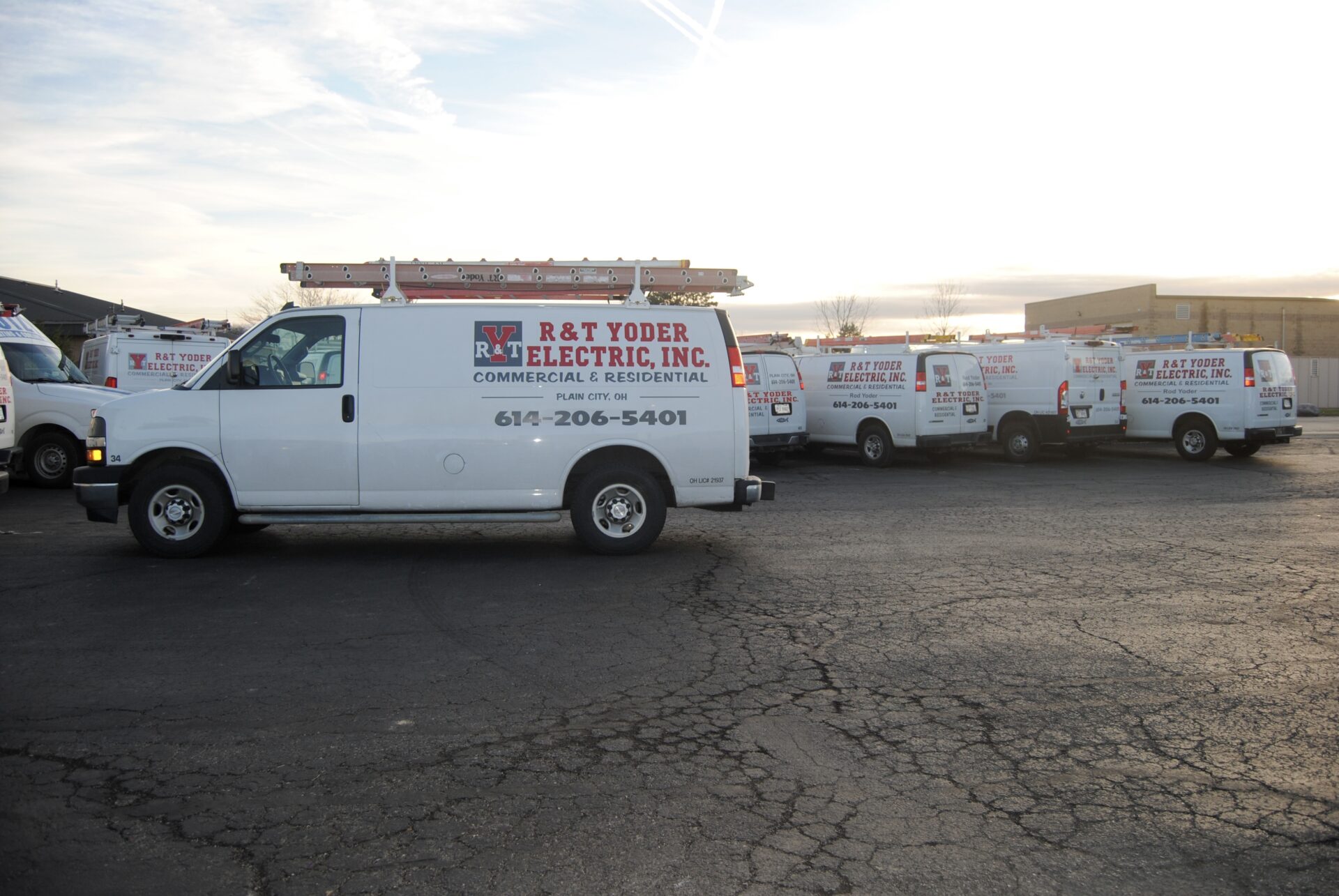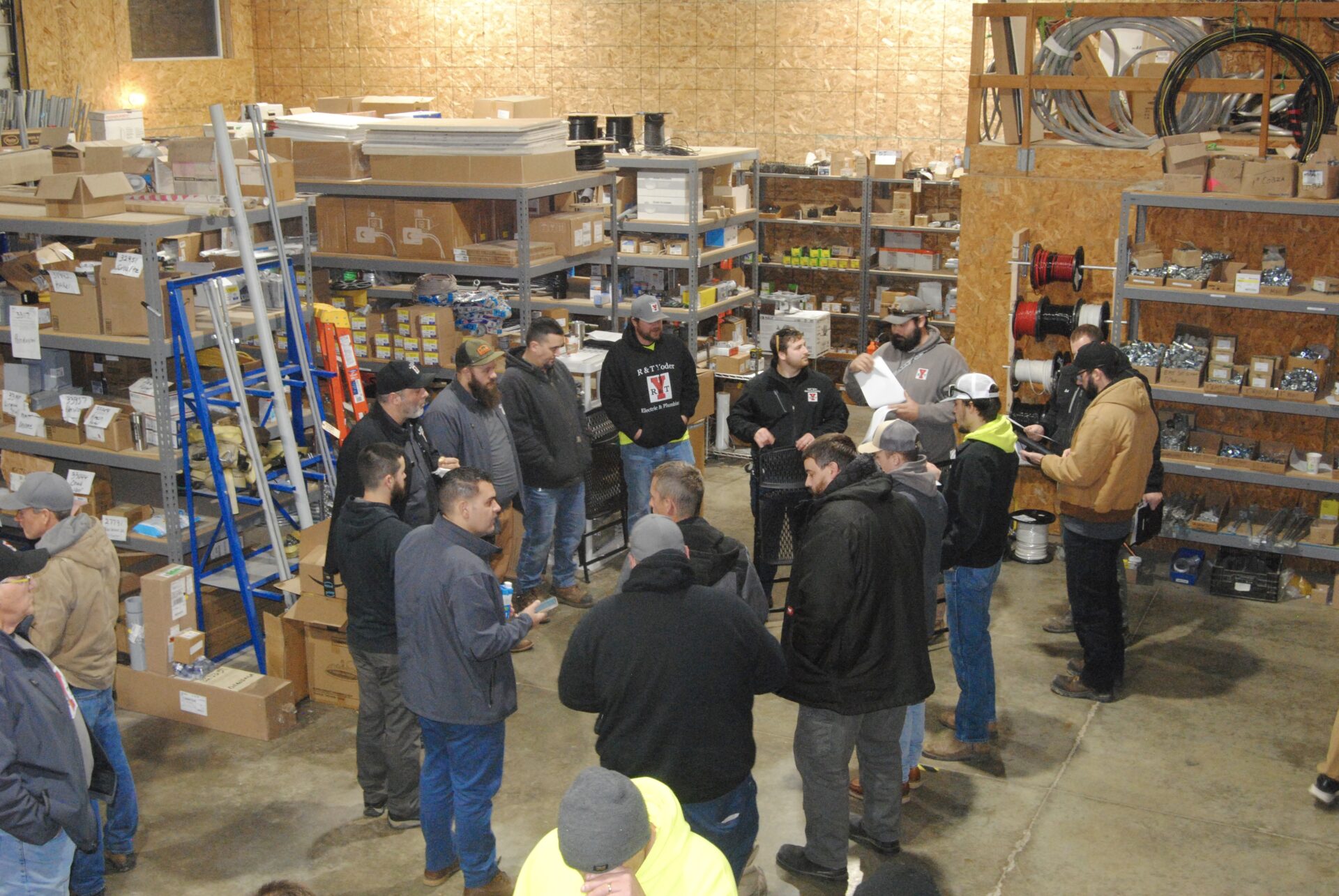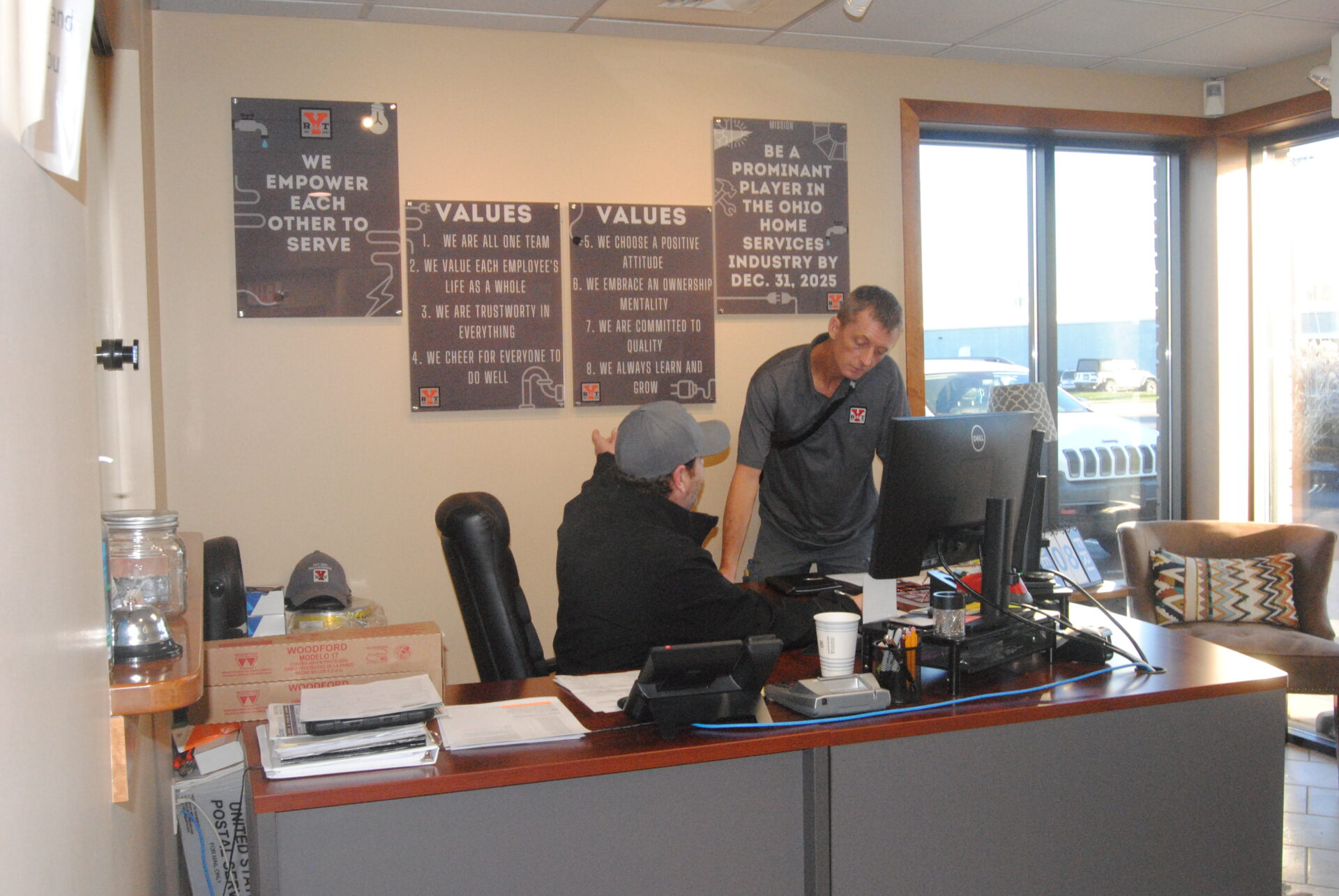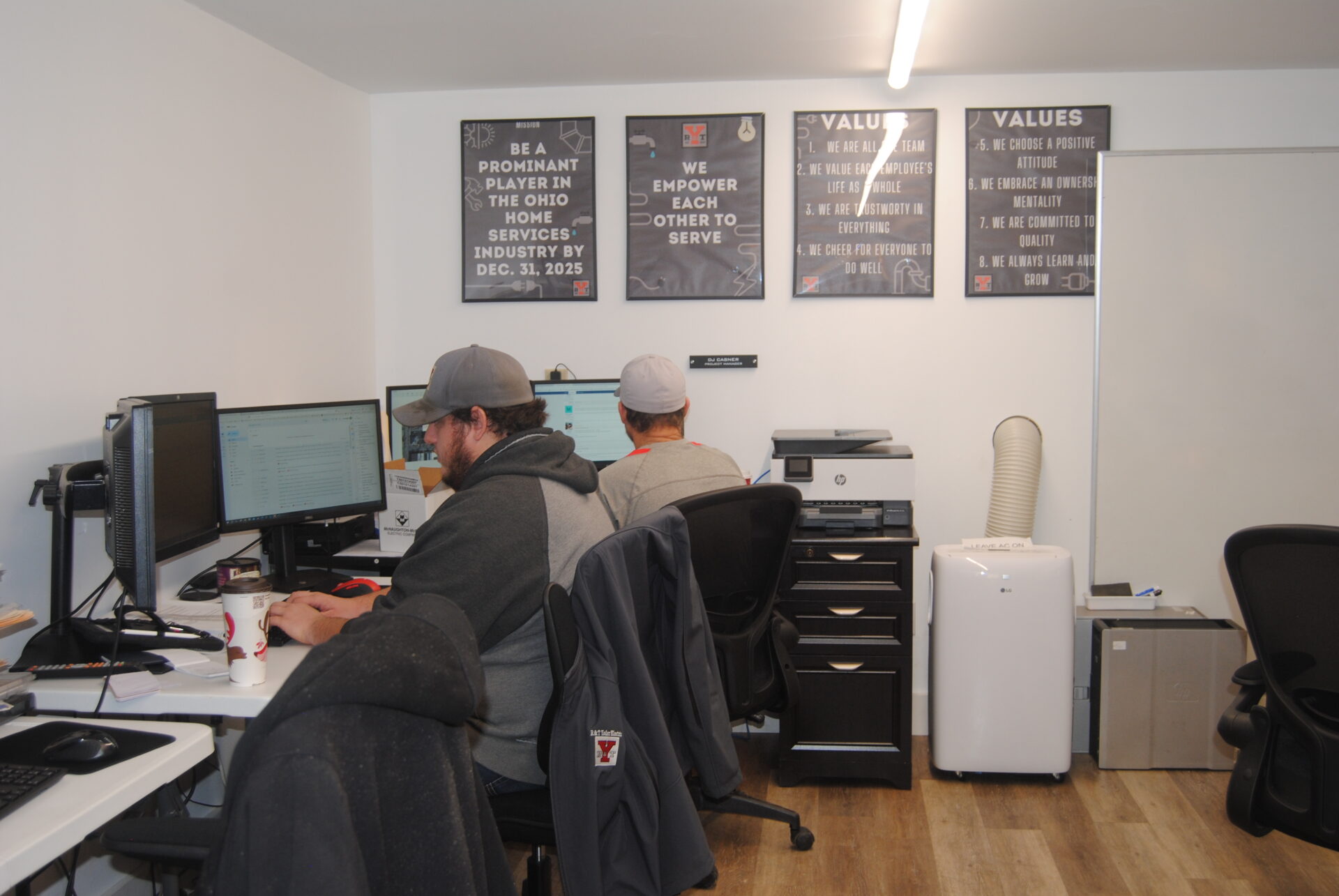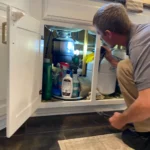Experiencing low water pressure can be both inconvenient and frustrating, whether it’s a weak shower spray or a faucet trickling water. Understanding the reasons behind this issue can help homeowners take targeted steps to restore optimal pressure levels. This guide breaks down the top five causes of low water pressure in residential settings, highlighting solutions to common plumbing issues and preventive measures.
Common Signs of Low Water Pressure
Recognizing Low Water Pressure Symptoms
Low water pressure can manifest in various ways throughout the home. Recognizing the symptoms is the first step toward addressing the underlying plumbing issues. Common signs include
- Reduced water flow from taps
- Slow-filling appliances like dishwashers or washing machines
- Weak shower spray
- Difficulty in running multiple fixtures simultaneously
The Impact on Daily Activities
Low water pressure can interfere with daily routines, from washing dishes to taking a shower. Understanding how these disruptions affect different parts of the home will provide context for addressing the root causes.
1. Clogged Pipes: A Primary Culprit
Understanding How Clogs Develop
Over time, pipes can accumulate various materials, such as minerals, rust, and debris, leading to clogs. In areas with hard water, the mineral buildup tends to be more significant, reducing the flow rate through the pipes. This is one of the most common plumbing issues associated with low water pressure.
Symptoms of Clogged Pipes
Clogged pipes may show several telltale signs, including sputtering faucets, unusual noises, or discoloration in the water. If only specific faucets or appliances exhibit low pressure, a localized clog is likely the issue.
Solutions to Address Clogged Pipes
Addressing clogged pipes may involve using natural drain cleaners or, in severe cases, consulting a professional plumber. Regular maintenance, like flushing the pipes with vinegar solutions, can also help prevent clogs from building up over time.
2. Corroded Plumbing: Old Pipes Losing Efficiency
Recognizing Corrosion in Older Plumbing
Pipes, especially those made from galvanized steel or iron, corrode over time, restricting water flow and impacting pressure. Corrosion is a gradual process that worsens over time, especially in older homes. The buildup can reach a point where the pipe’s inner diameter is significantly reduced, limiting water passage.
Signs of Corroded Plumbing
Low water pressure may be coupled with discolored water, metallic tastes, or visible rust in the fixtures. If your home is older and hasn’t had a plumbing upgrade in years, corroded pipes could be causing the low water pressure.
Solutions for Corrosion in Pipes
Replacing old, corroded pipes with modern materials, like PEX or copper, is a common solution. Consulting a plumber to inspect and replace corroded sections of the plumbing will restore optimal water flow. This investment often pays off in improved water quality and pressure.
3. Issues with the Pressure Regulator
What is a Pressure Regulator?
The pressure regulator is a device installed in some homes to maintain a consistent water pressure level throughout the plumbing system. This device keeps water pressure within safe limits, preventing damage to fixtures and pipes. However, if the regulator is faulty or improperly set, it can lead to low water pressure.
Signs of a Faulty Pressure Regulator
A malfunctioning regulator often affects the entire house rather than specific areas. If water pressure drops suddenly in multiple fixtures, this could indicate a problem with the pressure regulator. Uneven water pressure may also be a sign that the regulator is losing accuracy.
Fixing and Replacing the Pressure Regulator
Adjusting the pressure regulator can sometimes restore proper water flow. However, if the device is malfunctioning or outdated, replacing it is often necessary. Hiring a professional plumber ensures the regulator is correctly installed and calibrated, maintaining steady water pressure.
4. Water Leaks in the Plumbing System
Detecting Hidden Water Leaks
Water leaks can occur anywhere in the plumbing system, reducing water pressure by diverting flow away from intended fixtures. Leaks may be obvious, like dripping faucets, or hidden behind walls or beneath floors. Even minor leaks can contribute to significant pressure loss.
Common Indicators of Water Leaks
Look for visible signs like damp spots on walls, ceilings, or floors. Sudden increases in water bills can also indicate a leak somewhere in the plumbing system. If you hear water running when all fixtures are off, there may be a hidden leak.
Repairing Leaks to Restore Pressure
Addressing leaks can be as simple as replacing washers or as complex as repairing pipes behind walls. Timely repairs not only restore water pressure but prevent further damage to your home. Professional plumbers use advanced detection tools to locate and fix hidden leaks effectively.
5. Municipal Water Supply Issues
Understanding External Water Supply Problems
In some cases, the low water pressure issue isn’t within the home’s plumbing but originates from the municipal water supply. Utility companies sometimes experience maintenance issues, water line breaks, or periods of high demand, all of which can lower pressure at residential taps.
Identifying Municipal Water Supply Issues
If neighbors are also experiencing low water pressure, the issue likely stems from the municipal supply. Check with your local water provider for updates on maintenance or repairs that could affect water pressure.
Temporary Solutions for Municipal Supply Problems
For temporary low water pressure, use appliances like washing machines or dishwashers during off-peak hours. Installing a water storage tank can also help maintain consistent pressure during these times. Once the municipal supply is restored, household water pressure should return to normal.
How to Diagnose Low Water Pressure Issues at Home
Testing Water Pressure Levels
Homeowners can measure water pressure levels using a pressure gauge attached to an outdoor faucet. Normal residential water pressure typically falls between 40 and 60 psi. A reading below this range indicates low water pressure and may point to issues within your plumbing.
Steps for Isolating the Problem
By turning off individual fixtures and testing pressure at various points, you can isolate whether the problem is specific to one area or affects the entire home. This method helps narrow down potential causes and directs you to the most likely source of the problem.
Preventive Measures to Avoid Low Water Pressure
Regular Pipe Maintenance and Cleaning
Regular maintenance helps prevent many plumbing issues that lead to low water pressure. Flushing the pipes with vinegar or other non-corrosive cleaners can reduce mineral buildup, keeping water flowing smoothly. Consider scheduling annual inspections with a professional plumber to catch early signs of wear or buildup.
Upgrading to Modern Plumbing Materials
Replacing old pipes with modern materials, like PEX or copper, can improve water pressure and reduce the likelihood of leaks or corrosion. Newer materials are more durable and resistant to buildup, which can significantly extend the lifespan of your plumbing system.
Installing a Water Softening System
In areas with hard water, installing a water softening system helps reduce mineral buildup in pipes, faucets, and fixtures. This system softens the water by removing minerals that contribute to scaling, which, in turn, prevents clogs and maintains optimal water pressure.
When to Call a Professional
Knowing When DIY Fixes Won’t Suffice
While minor adjustments, such as unclogging a pipe or adjusting a pressure regulator, may be manageable, more complex plumbing issues require professional expertise. If low water pressure persists despite troubleshooting, a professional assessment will identify any underlying causes that might be overlooked.
Finding a Qualified Plumber for Inspection and Repairs
Hiring a qualified plumber ensures that your plumbing issues are addressed with precision and care. Professionals can assess pressure levels, identify signs of hidden leaks or corrosion, and recommend effective solutions. Look for licensed plumbers with experience in handling low water pressure and related issues to ensure a thorough inspection.
Restoring Optimal Water Pressure
Low water pressure can impact both convenience and comfort in your home. From clogged pipes and corroded plumbing to municipal supply issues, identifying the root causes is essential for restoring normal flow and functionality. Addressing these issues not only improves your daily routines but also safeguards your home from potential water damage and further plumbing issues. Regular maintenance and timely upgrades can prevent many of these common causes, helping you maintain steady, reliable water pressure year-round.
Frequently Asked Questions
1. What should I do if I experience a sudden drop in water pressure?
Start by checking if the issue affects multiple fixtures or just one. If it’s isolated to one fixture, there may be a localized clog. However, if multiple fixtures are affected, it could be a larger plumbing issue like a leak, a malfunctioning pressure regulator, or an external supply problem. You may want to call a plumber for a thorough inspection.
2. Can low water pressure damage appliances?
Yes, low water pressure can impact appliances that rely on water, like dishwashers and washing machines, by causing them to operate inefficiently or take longer to complete cycles. Ensuring optimal water pressure not only improves appliance performance but also extends their lifespan.
3. How can I prevent mineral buildup in my pipes?
Installing a water softener can reduce mineral buildup by removing excess minerals like calcium and magnesium, especially in homes with hard water. Additionally, flushing your pipes periodically with vinegar can help prevent scaling and buildup.
4. Is low water pressure in older homes common?
Yes, older homes often have outdated pipes that may be prone to corrosion, scaling, and buildup, all of which can reduce water pressure over time. Upgrading to modern materials like PEX or copper can alleviate this issue and restore proper water flow.
5. How often should I inspect my plumbing system for potential issues?
It’s recommended to have a professional inspection annually, especially if you’re experiencing recurrent issues with low water pressure. Regular maintenance helps identify early signs of clogs, leaks, or corrosion, allowing you to address them before they cause significant problems.

